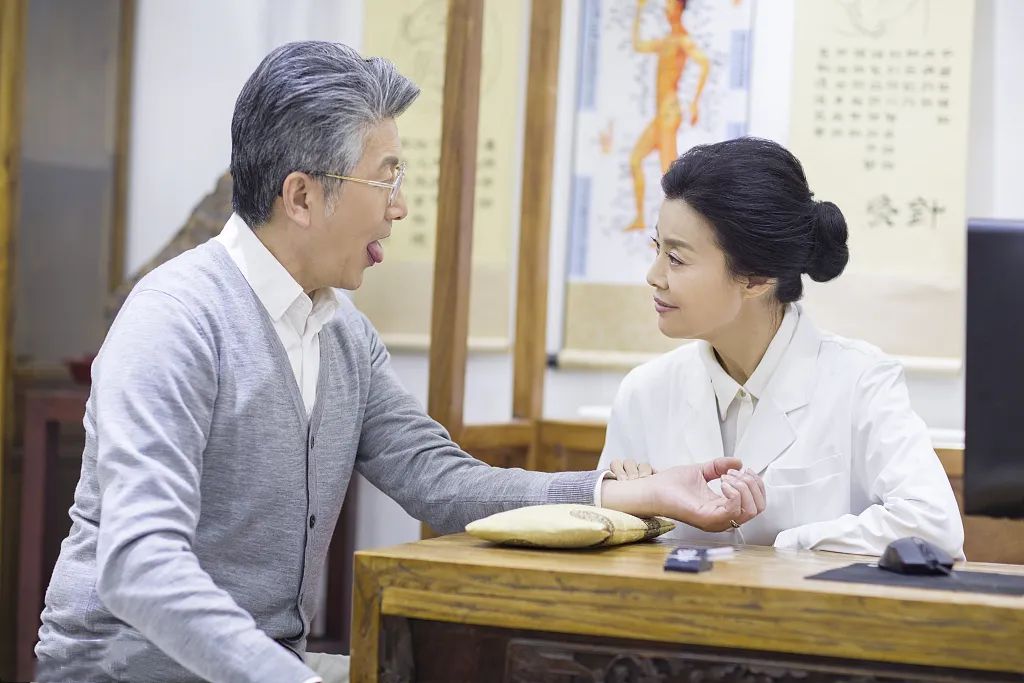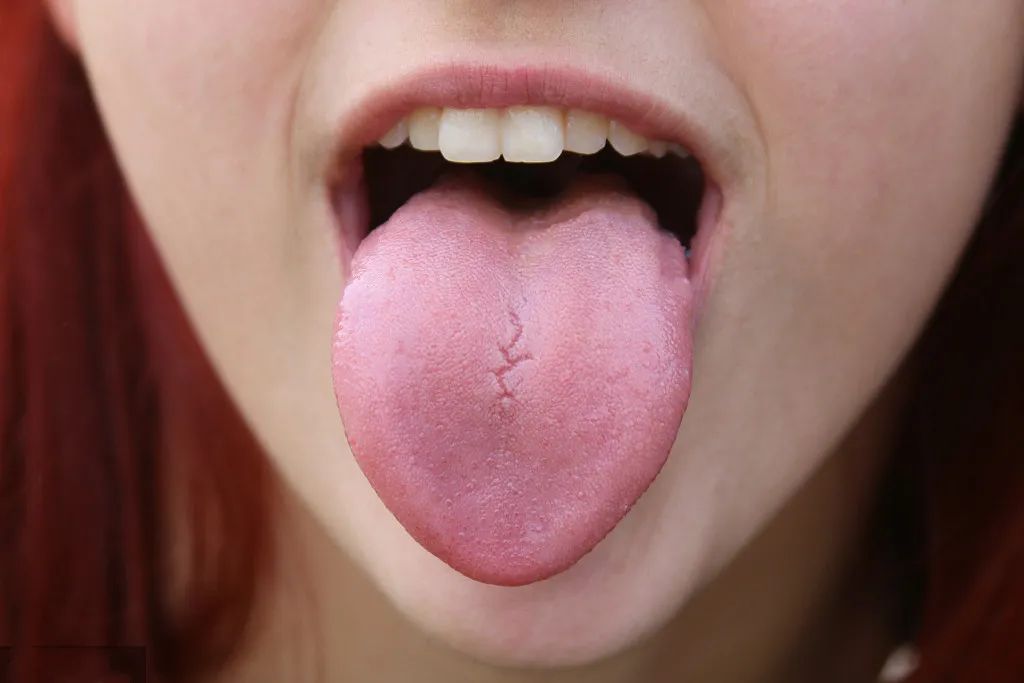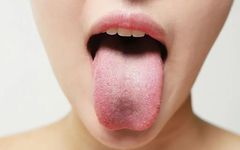


Tongue diagnosis is an important component of the four diagnostic methods in Traditional Chinese Medicine (TCM), which include observation, listening, inquiry, and palpation. It plays a significant role in clinical diagnosis, treatment, and prognosis assessment. TCM places great emphasis on the identification of tongue patterns and has summarized the application rules of tongue appearance in syndrome differentiation and medication selection. Let’s explore how TCM studies and interprets the tongue!
In clinical practice, TCM emphasizes careful observation, listening, inquiry, and palpation, especially in the context of the widespread use of Western medical physical examination methods today. It is crucial to pay attention to the integration of the four diagnostic methods in TCM, particularly the identification of tongue patterns.
The tongue is considered the “sprout of the heart” and the tongue body serves as a window to the body’s constitution. The tongue coating is formed by the stomach qi, and the balance of pathogenic and healthy qi, as well as the strength of stomach qi, can be objectively reflected in the tongue appearance. When a patient’s symptoms are not obvious or even asymptomatic, the tongue appearance becomes even more important, especially in the diagnosis and treatment of spleen and stomach diseases.


The tongue should be pale and warm

Cardiovascular diseases are often associated with qi and blood deficiency; when should warming and tonifying herbs be used?
According to TCM, the most reliable indicator is the patient’s tongue body. If the tongue is pale and not red, or if it is swollen with many teeth marks, one can confidently use warming and qi-tonifying herbs such as Dang Shen (Codonopsis), Huang Qi (Astragalus), Gui Zhi (Cinnamon Twig), and Gan Jiang (Dried Ginger), while continuously monitoring changes in the tongue body.
If the tongue body changes from pale to red, and the teeth marks decrease, the dosage should be reduced or stopped to avoid excessive tonification harming yin, as “yang heat can arise suddenly, while yin fluids cannot be quickly replenished.”

 Yellow coating should be cleared
Yellow coating should be cleared

It is generally believed that a yellow coating indicates heat and should be cleared; this is a common practice.
TCM holds that cardiovascular diseases are more common in middle-aged and elderly individuals, often presenting with deficiency syndromes or a mix of deficiency and excess. A yellow or thick yellow tongue coating is primarily caused by accumulated heat in the stomach. While it is necessary to clear heat and harmonize the stomach, one should avoid excessive use of bitter and cold herbs that harm the stomach, such as Huang Lian (Coptis), typically used at 6g, or Pu Gong Ying (Dandelion), Jin Yin Hua (Honeysuckle), while also advocating for the appropriate use of digestive herbs such as Shen Qu (Malt) and Mai Ya (Barley Sprout).


 Greasy coating should be transformed
Greasy coating should be transformed

Guangxi is located in the Lingnan region, characterized by a humid and hot climate, where greasy coatings are commonly seen.
What is a greasy coating? TCM defines a greasy coating as a dense layer of small particles tightly covering the tongue surface without gaps. Patients often experience symptoms such as poor appetite, lack of taste, and a dry mouth without a desire to drink water. The treatment should focus on aromatic transformation of dampness, commonly using Huo Xiang (Agastache) and Pei Lan (Eupatorium).
If the greasy coating is thick and there is abundant fluid, one can use Chen Pi (Aged Tangerine Peel), Ban Xia (Pinellia), Hou Po (Magnolia Bark), and Cang Zhu (Atractylodes) to dry dampness and transform phlegm.

 Phlegm and blood stasis intermingled, with a focus on tongue and pulse
Phlegm and blood stasis intermingled, with a focus on tongue and pulse

Phlegm and blood stasis intermingled are commonly seen in chronic diseases and have the characteristic of entering the collaterals. The clinical manifestations are complex and varied, in addition to the clinical presentations of phlegm syndrome or blood stasis syndrome, such as excessive phlegm, dizziness, chronic pain, stabbing pain, and masses; changes in tongue appearance are of great significance in establishing the diagnosis of phlegm and blood stasis coexisting.
When blood stasis obstructs internally, the tongue body appears purplish and dark, with stasis spots or points; when phlegm-dampness is retained internally, the tongue coating must be greasy. Only when the tongue body changes due to stasis, and the tongue coating changes due to phlegm, can one diagnose phlegm and blood stasis coexisting; both changes are essential.

⊙ The content of this article is for clinical thought reference only; non-TCM professionals should not attempt to self-medicate.
⊙ Some images and texts are sourced from the internet; please contact us for removal if there is any infringement.
⊙ For TCM consultation, please add WeChat ID: daojiaor
⊙ For submissions and collaborations:[email protected] (We welcome your original submissions)

